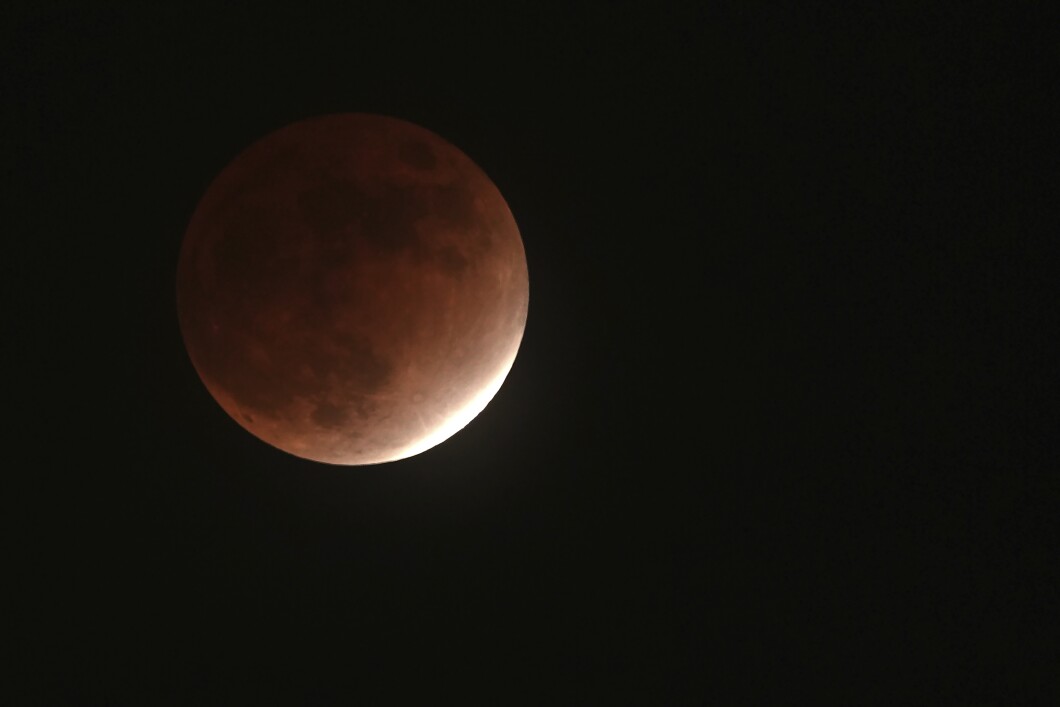The sun, Earth, and moon will align this weekend to create the first total lunar eclipse of 2022.
A partial eclipse will begin Sunday night at 10:27 p.m. Eastern time, according to NASA. By 11:29 p.m., it will become a red “blood moon” as the total eclipse begins.
WATCH: EVA MENDES TO TAKE MORAL HIGH ROAD IN RETURN TO ACTING, NO SEX OR VIOLENCE
“The entire Moon falls within the darkest part of Earth’s shadow, called the umbra,” NASA noted, explaining what an eclipse entails. “When the Moon is within the umbra, it will turn a reddish hue.”
The total eclipse will end at 12:54 a.m. Monday when the Moon begins to leave the Earth’s shadow. The entire eclipse will conclude by 2:50 a.m.
A lunar eclipse is safe to view without protective equipment. Binoculars or a telescope can be helpful in getting a better view.

The eastern half of the United States and all of South America will have the best view of each stage of the lunar eclipse.
It will also be visible in much of Africa, Western Europe, Central America, and most of North America.

The next total lunar eclipse will take place on Nov. 8, 2022.
CLICK HERE TO READ MORE FROM THE WASHINGTON EXAMINER
Sunday’s eclipse is the second of the year. There was a partial solar eclipse on April 30, but it was not visible from the U.S.
A livestream of the lunar eclipse is available here.





